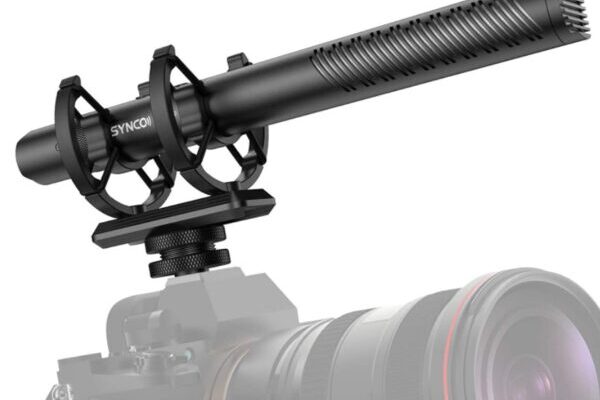The revolution in videography began with the advent of DSLR microphones. This approach has made the recording process much easier for users, but at the same time, it has improved the quality of the video. This means that users enjoyed a number of benefits that encouraged them to realize the most creative ideas. Audio has long been inseparable from most videos, but the sound quality is a crucial factor in many situations.
It must be top-notch in terms of clarity and richness, otherwise, you will not achieve good enough results. Fortunately, the DSLR microphone is a very practical option that provides great sound quality at the same time. If you are interested in this model, read all about its features in the rest of the text and find out how to get to it in the easiest way.
Microphone types
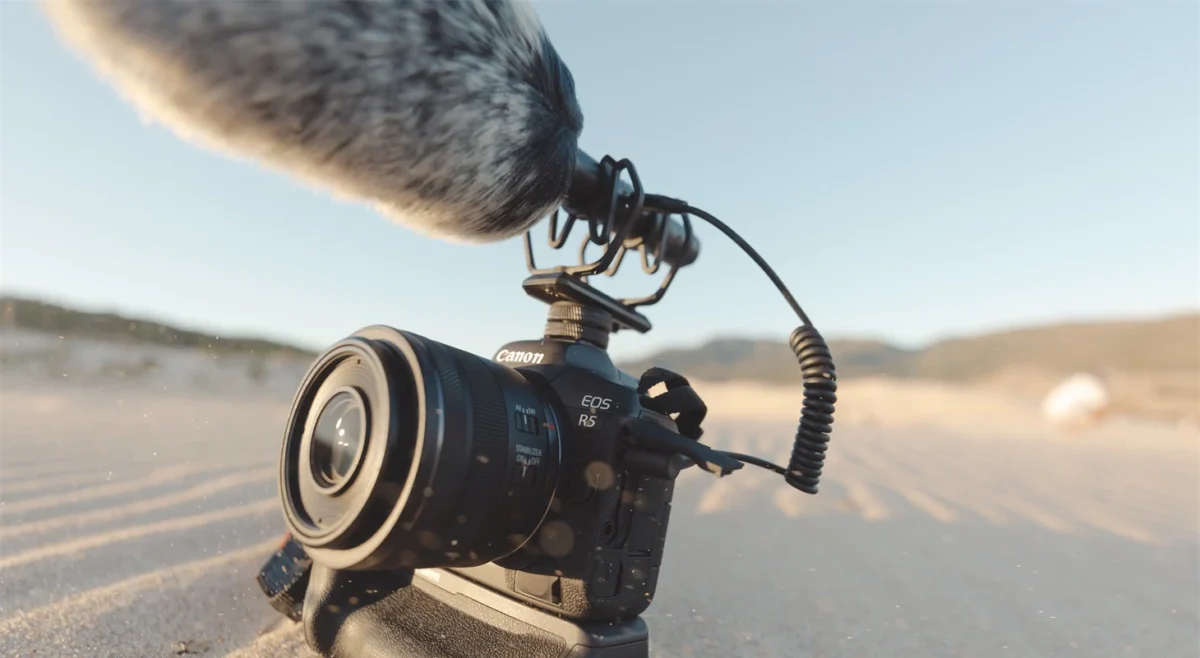
It is important to be familiar with all the types of DSLR camera microphones that are widely used today. The shotgun mic is one of the most commonly used types, and the reason is the numerous advantages you get with this model of the microphone. The classic model of this microphone is intended for specific highly demanding applications in the broadcast, television, and industrial industries. It is also used in radio applications and theater. Thanks to the characteristics of the capsule of this microphone, you establish a huge amount of control over ambient noise. This means that the shotgun microphone is very directional with a high degree of isolation from external noise. You can opt for a wireless lavalier microphone for DSLR or if you don’t need a wireless model then go with handheld microphone for DSLR.
These characteristics make it very useful in field conditions. You can find some great models at an affordable price. Very popular among production companies. Another of the many benefits of this product is that you will find it in different sizes. So, it varies in length and you can choose between short, medium and long microphone. A longer shotgun mic requires a boom operator to get the best sound possible. The lion mic can be attached to the clothing of the speaker while the other end is attached to the camera. This is a great choice for logging, live streaming, and similar situations because the microphone is placed very close to the sound source and is often omnidirectional. See what DSLR microphone SYNCO provides for your reocrding.
Proper use of the DSLR microphone
Of course, in order for a DSLR mic to be useful, you also need to know how to use it. Don’t worry, because this is not a demanding procedure at all. You can enjoy all the benefits of this microphone in just a few steps. The first step you need to do is find the type of mic input that is on the camera. So, find plugs or connectors to connect. For example, less professional video cameras have mini sockets. It’s a great choice for all beginners, but most of the others have typical settings. You can then plug the microphone into the plug.
Don’t forget to check all parts of the device, because sometimes the microphone input is hidden. Just in case, read the instructions several times to make sure you have done everything right. When it comes to studio recordings, sound quality is crucial and that is why it is important to use high-quality DSLR cables. You will connect them to the microphone, connect the other end to the camera, and then clear the connection. Finally, you can start recording when you make sure your camera and microphone have the same connector.
Benefits of DSLR mics
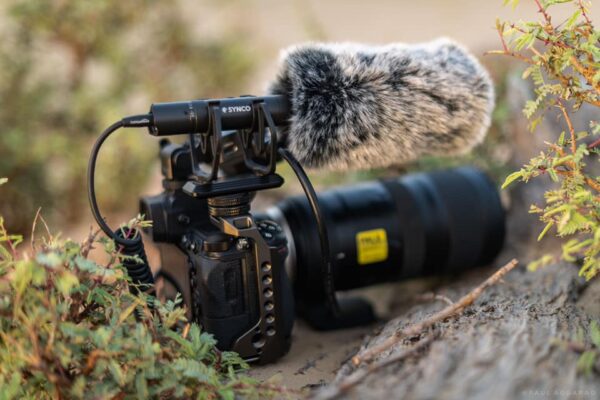
One of the best things about these microphones is the clarity of the sound as well as the different types of audio frequencies. We must also mention the automatic gain control. If you opt for this type of device, you will get complete control over the microphone. This means that you will be able to monitor and control the gain, but also many other functions. This way you will create balanced content. Complete freedom of movement is another feature that describes this product. With the external microphone for DSLR, you will have much more flexibility when moving without sacrificing sound. You can now access a variety of shrinkage in a wide range of environments which will increase the quality of your shots.
Budget
If you are not sure how to choose the right mic for you, consider your budget. Think about your financial capabilities and decide how much you are willing to spend on your microphone since the best microphone for DSLR filmmaking is quite expensive. This is the first step you should take if you want to narrow down your options, but there are a few more items you should consider.
Shooting style
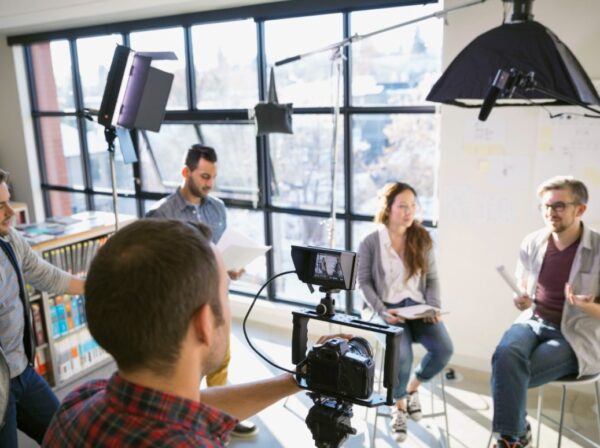
The type and style of editing are important factors because the recording flow also depends on the microphone settings. For example, if you need equipment for recording an interview, we are sure that one of the best interview microphones for DSLR suits you best. This is definitely the most suitable option for you. So be sure to check the connectors and mic input to see if the DSLR is compatible with them. Even if you really like a certain model, your purchase will not make sense if the microphone does not fit the camera.
Dimensions
The size and weight of the microphone are important for several reasons. Certain locations require a lot of work. This means that you need equipment that will easily capture the desired material. This is why it is not recommended to use bulky equipment while shooting on the go. This piece of equipment should be light and compact. So focus on such mics models.
Battery
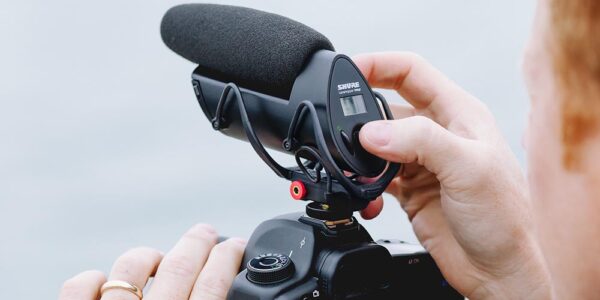
No matter which device you buy, the battery is always on the priority list. We’re sure you don’t want your battery to run out during recording. If you don’t want to take risks, look for equipment that has easy charging options and a durable battery.
Conclusion
Now that you have the basic information from a DSLR microphone and know how to get it, use a few more alliances to make a better video. So, it is important how you take advantage of this microphone. It is recommended to plan the video in advance, ie prepare the editing for recording. Make a list of shots, write down everything you need and get ready.
For example, prepare the microphone setting for the camcorder. Before you start shooting, make sure you have adjusted the exposure, focus, and other items. Also, check the microphone sound level. Even with top-notch equipment, you need to edit the content so that viewers can enjoy the smooth and dynamic videos. There is a lot of great software that will be of great use to you.

